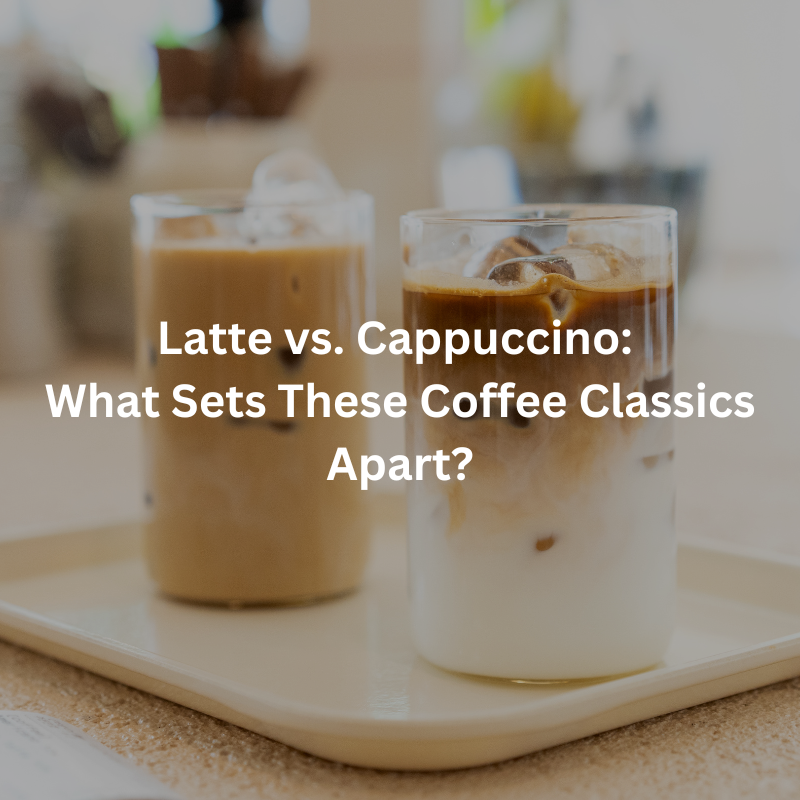Latte vs. Cappuccino: What Sets These Coffee Classics Apart?
Lattes and cappuccinos are two of the most popular espresso-based drinks around the world, often enjoyed for their creamy textures and balanced flavors. At first glance, they may seem similar—they both contain espresso, steamed milk, and milk foam—but there are key differences in their preparation, texture, and flavor. Understanding what sets them apart can help you decide which one suits your taste and coffee habits best.
The Core Ingredients Are the Same
Both the latte and the cappuccino start with a base of espresso and are finished with steamed milk and foam. This shared foundation often leads to confusion between the two. However, the ratio of milk to espresso, as well as how the milk is steamed and layered, creates two distinct drinks with unique characteristics.
The espresso provides the bold coffee flavor in each drink, while the milk and foam alter the body, mouthfeel, and intensity of the beverage.
The Milk-to-Espresso Ratio
One of the most significant differences lies in the ratio of milk to espresso. A latte typically contains one part espresso to about three parts steamed milk, topped with a thin layer of milk foam. This makes it a much creamier and milder drink, with the flavor of espresso being softened by the larger volume of milk.
A cappuccino, on the other hand, uses equal parts espresso, steamed milk, and milk foam. This results in a stronger coffee flavor and a more robust texture. The smaller milk content lets the espresso shine more prominently, while the thick foam gives it a distinctive, airy top layer.
Texture and Foam
Texture plays a major role in differentiating a latte from a cappuccino. Lattes have a smooth and velvety texture due to the abundance of steamed milk and the light foam layer. This makes them ideal for adding flavored syrups or latte art, and they’re often served in larger cups.
Cappuccinos have a much drier texture on top, thanks to the thicker foam layer. The foam acts as an insulator, keeping the drink warmer for longer. It also creates a unique mouthfeel—a contrast between the airy foam and the dense espresso below.
Presentation and Serving Size
Traditionally, cappuccinos are served in smaller cups, often around 5 to 6 ounces, because of their concentrated nature. Their layered look—espresso on the bottom, followed by steamed milk, then a thick layer of foam—makes them visually striking and satisfying to sip.
Lattes are usually served in larger cups, typically 8 to 12 ounces, and may even be served in tall glasses in some settings. The milk-heavy composition makes them a longer, more filling drink, which is often why they are chosen for leisurely sipping or pairing with food.
Flavor Profile
If you enjoy a mild, creamy coffee with subtle espresso notes, a latte is likely the better choice. The generous amount of milk dilutes the espresso slightly, leading to a mellow, balanced drink that’s easy to customize.
If you prefer a bold coffee taste with a strong espresso presence and a bit of texture contrast, the cappuccino may be your ideal match. The foam gives it a lighter body without sacrificing the richness of the espresso.
Though both drinks share the same essential ingredients, the difference in preparation, milk ratio, and texture gives each a unique personality. Whether you’re in the mood for a comforting, creamy latte or a bold, foam-topped cappuccino, knowing what sets them apart ensures you get the perfect cup every time.




